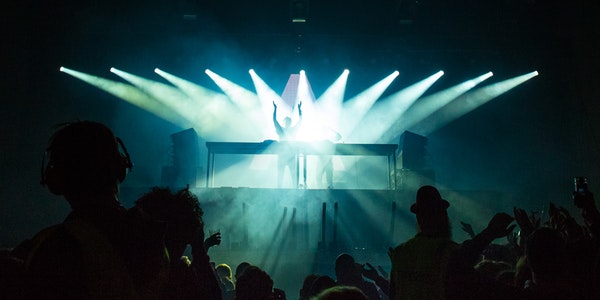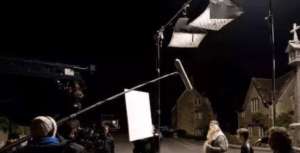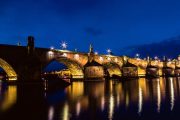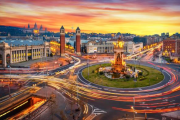Brief introduction
LEDs are rational science, and lighting designers make them emotional. For the classic landscape lighting project, the LED industry cares about science, the public appreciates aesthetics, and lighting designers are responsible for combining the two. We are sometimes amazed at the whimsy of designers, sometimes amazed at the beauty of Ambilight, and even feel the emotions conveyed by the lights.
How does the small chip of LED emit a charming light through the lighting designer? What is the lighting designer’s standard of beauty, thinking about energy saving, and understanding of the city?
Is the Bright Night a Feat or a Tragedy of the Lighting Designer?
People are constantly changing nature, with lights replacing starlight, lighting up the night sky and bringing light pollution. Unreasonable lighting is a waste of the originally scarce earth resources, and 90% of outdoor light sources diffuse into the sky. Luckily the LEDs showed up at the right time. However, although LED is energy-saving, it also has a very strong directivity. If used too much, it will also become light pollution.
There are more and more glass office buildings in the city, and dead birds will be found under many glass buildings. Why? Because the lights in the buildings are too bright, the birds think it is morning again. The glass is reflective, and it will bump up if you can’t see clearly. There is a financial district in Toronto that has picked up more than 1,000 birds in three months, and more than 80 of them have disappeared. Isn’t this the destruction of nature by humans?
Lighting is not brighter and more beautiful. If too many lights are lit at night, it will damage the night sky.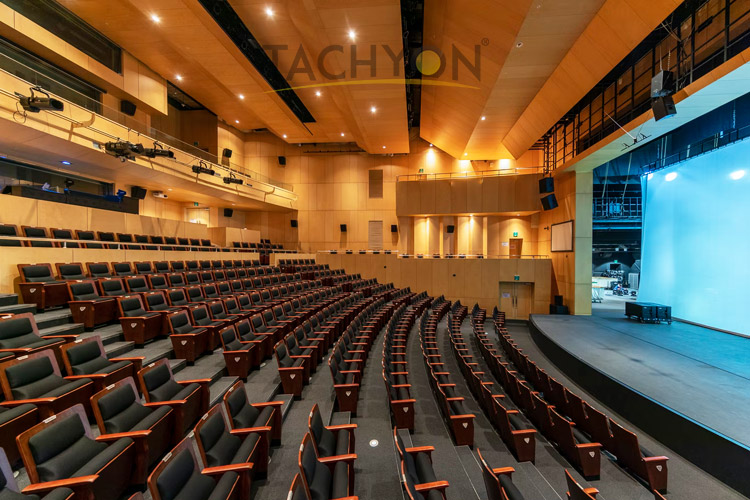
Lifespan and Color Shift are Two Major Problems for LEDs
As a direct user of LED light sources, lighting designers can have a new interpretation of LEDs from the perspective of semi-exit industry. Lifespan and color shift are the two biggest problems with LEDs.
The LED has a long life, but it is only indoors. It is easy to have various problems when it is actually used in an outdoor environment. In Alaska at minus 10 degrees, the LED cannot be turned on. In equatorial regions, the hot climate makes the heat dissipation of LEDs a serious problem. Environmental factors make LED life not guaranteed, which is the biggest problem. LEDs can reach 20,000 hours indoors, but in different environments, both heat dissipation and waterproofing are required, and the two are contradictory to a certain extent. These all pose challenges to the lifetime of LEDs.
The second biggest problem is that the color shift of LEDs is very serious. For example, if a 2700K bar LED is used, after one year, a few may become 3000K, after two years it will become 4000K, and after three years, it will become 5000K, and the color shift is very serious. It looks white, yellow, cold and warm, which is no way to compare with fluorescent tubes.
The design of LED lamps should be combined with traditional lighting to match each other. If you just put LEDs into traditional lamps and directly replace the original light source, this will not be considered a success.
It should be considered that LED is a once-in-a-lifetime opportunity in a century and the fourth light source revolution. The structure of lamps and lanterns needs to be rethought to conform to the characteristics of the third-generation light sources, rather than directly replacing the previous light sources and using the previous lamps. Because the previous lamps are in line with the old light source and meet the requirements of its heat dissipation and light distribution curve. 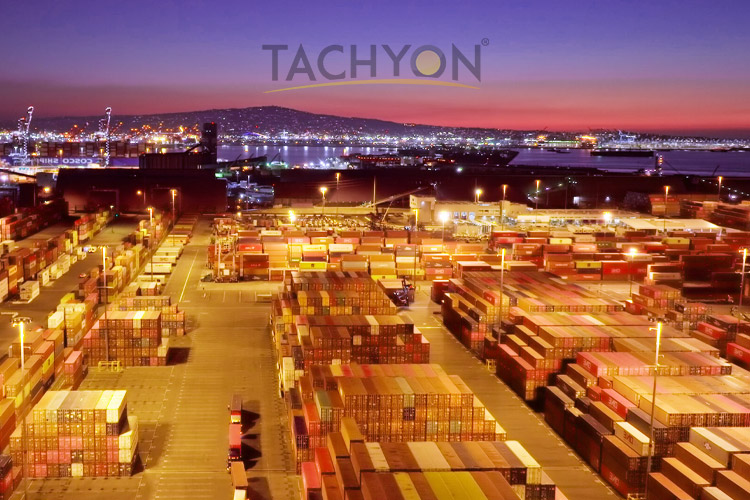
However, the LED light source is completely different from the traditional light source, so the current issue of LED should be to adjust the heat dissipation method of the lamp so that it does not conflict with the LED, which is a long-term solution.
How to Train Lighting Designers?
The intersection of LED and lighting design is rare. How to train lighting designers, especially LED lighting designers?
The lighting industry is an emerging industry. Before, LEDs were only used as indicator lights for computers and other equipment. As it gets brighter, start using it for other things. When I slowly realized that it could be used for lighting, the lighting was suddenly occupied by LEDs.
But the aesthetics of LED is not so strong. LEDs have been pursuing efficiency, which is the number of lumens per watt. This indicator is useful for street lights, tunnel lights, and flood lights, but only plays a 20% role. But for the mastery of the atmosphere, the significance of this indicator is equal to zero.
This is where design help is needed. After all, the invention of LED is a contribution to the whole human being. Its use needs to be done by designers, not to express the concept of bright, but to express the atmosphere. Therefore, the LED industry must have a good match with architects, especially lighting designers, so that it is possible to make high-quality products, otherwise it will always just be bright.
Although there are not many lighting designers at present, we are confident in the development of this industry. The world has a vast market, and there are many projects that can be practiced and explored. Therefore, the level of lighting designers can definitely be improved to create very classic works. But it’s also important to understand that this won’t happen overnight.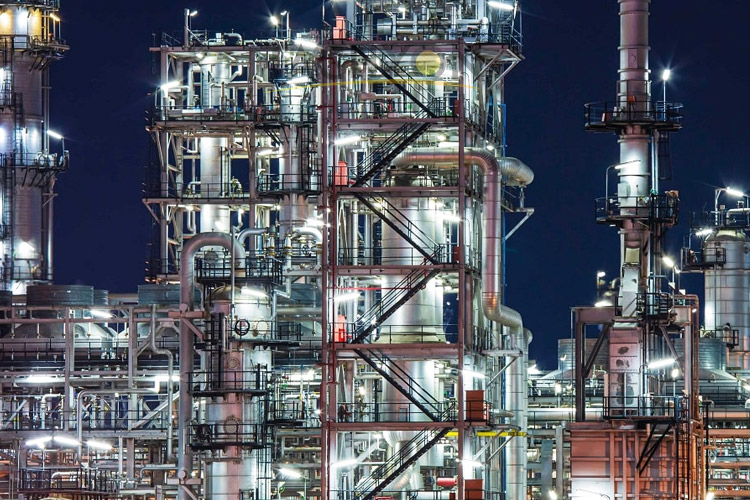
Lighting in Europe and Japan has developed for decades after World War II, and has accumulated experience of failure and success. We may also need 20 to 30 years. However, education is a century-old plan, and students must be informed about the possible proportion of aesthetics and technical components in LEDs, so that the old thinking can be changed.

